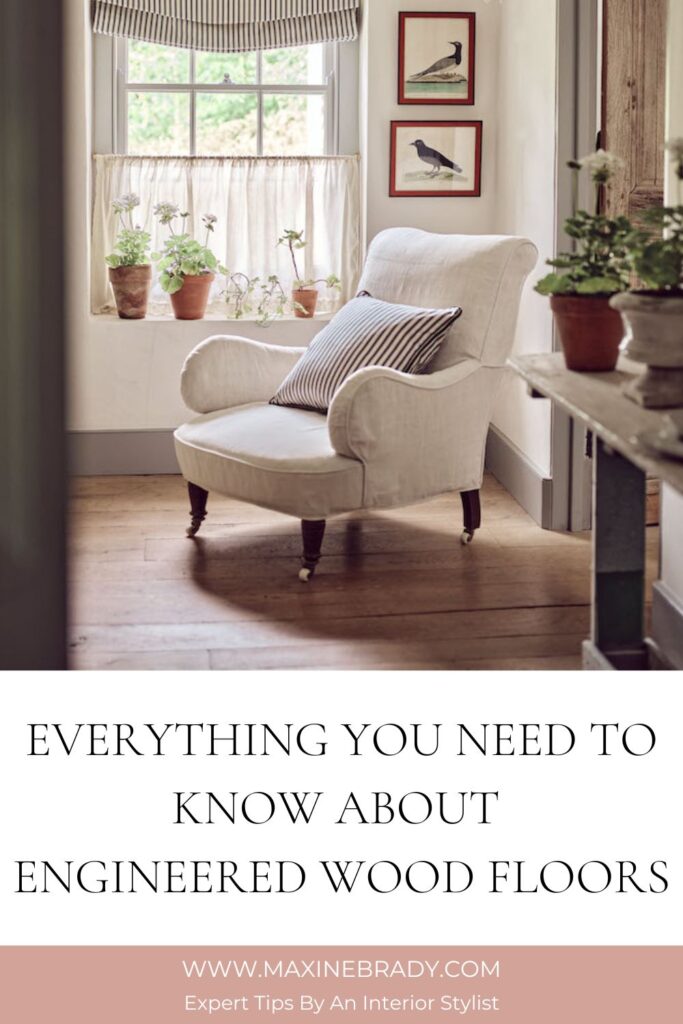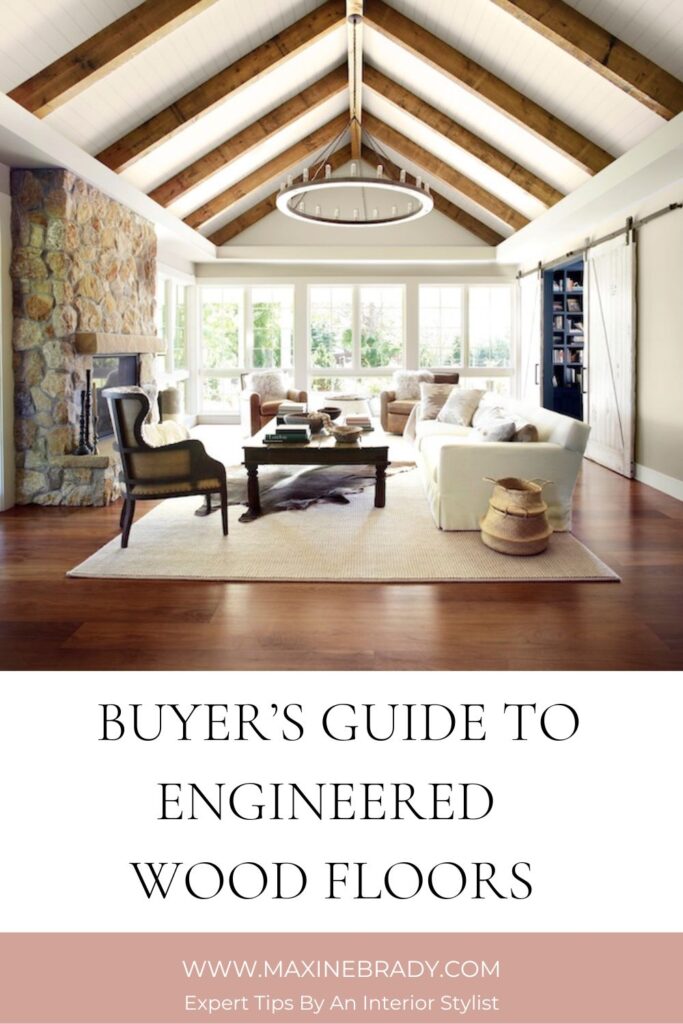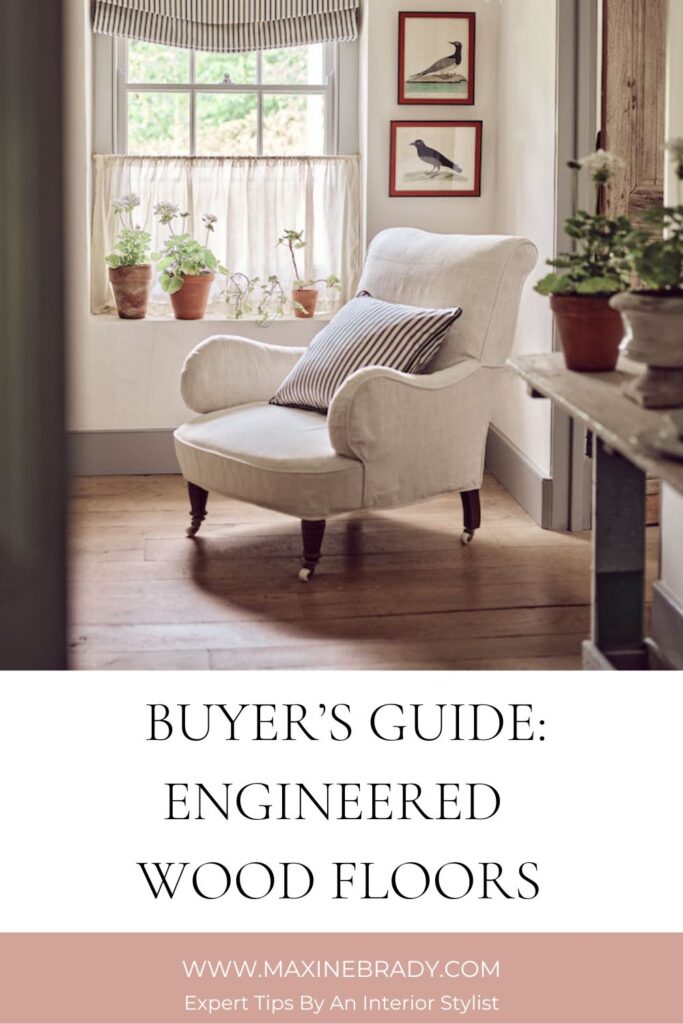Table of Contents
Looking to update your floors with engineered wood floors? Here’s my expert guide with everything you need to know!
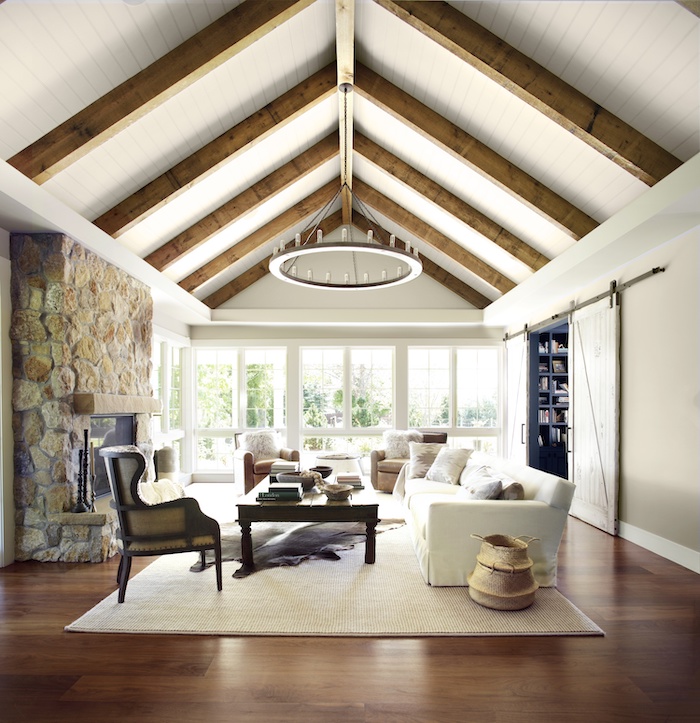
EVERYTHING YOU NEED TO KNOW ABOUT Engineered Wood Floors
As every interior designer will tell you, what flooring you choose will play a critical role in the overall look of your home.
Among the numerous flooring options out there, engineered wooden floors are a popular choice for their beauty, durability and versatility.
If you’re pondering whether engineered wood floors are the right choice for you and your home, then here’s my detailed guide to steer you through your decision-making journey. Let’s get into it!
What is Engineered Wood Flooring?
Before you crack open your wallet and start shopping for new flooring, let me explain what engineered wood is all about.
This type of flooring is a modern alternative to traditional solid hardwood. It’s crafted from a top layer of real hardwood veneer which is bonded to several layers of plywood or high-density fibre board.
This unique construction method gives engineered wood enhanced stability and strong resistance to fluctuations or changes in humidity and temperature in your home. This means it’s less prone to warping or cracking when you decide to turn your heating on which can be a common issue with real wood floors.
When shopping for engineered wood, you’ll want to pay attention to the veneer’s thickness. The thicker the top layer of hardwood veneer the better the quality of your new flooring. It will also mean that you can lightly sand it too to remove small scratches and dents. It’s a practical option for busy family homes, or in spaces that get a lot of foot traffic because it’s so durable.
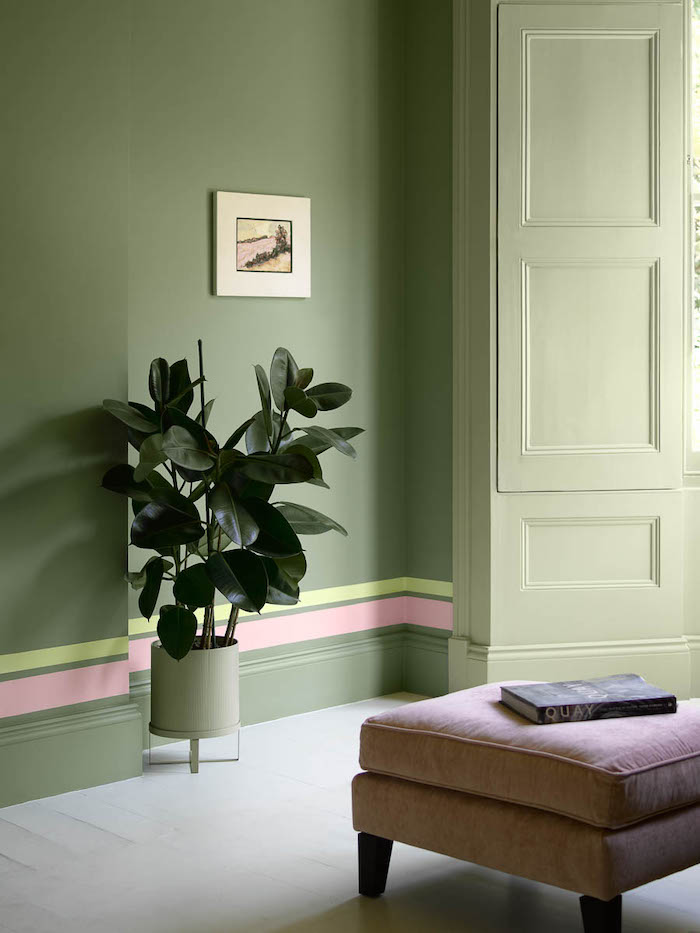
Why choose Engineered Wood Floors?
Why choose engineered floors? Here’s my top 7 reason why:
- The popularity of engineered flooring is mostly down to the fact that it comes in lots of different colours, types of wood, stains and finishes. Whether you want to create a cutting-edge contemporary interior or more traditional home style, there are many different types of engineered floor looks for you.
- Beyond its looks, engineered wood also boasts an impressive durability under tough conditions. Its strong layered structure makes it far less susceptible to warping and buckling like solid hardwood making it suitable for all types of climates.
- Its also pretty easy to instal yourself with basic DIY skills.
- You can fit engineered wood flooring over concrete, radiant heating systems and rooms like bathrooms or kitchens.
- Engineered wood is a more eco-friendly option too. The veneer is a slender slice of hardwood, meaning less trees are consumed in the production process compared to crafting solid hardwood floors. Well worth taking into consideration these days with us all being more environmentally-conscious.
- The ability to sand your engineered floor means that it will last much longer than other flooring products like laminate or tiles.
- Engineered wood can be bought as either pre-finished or finished on-site. While pre-finished variants tend to have a more uniform look and polished finish, by choosing to have an on-site finishing means you can adapt the flooring to your exact style.
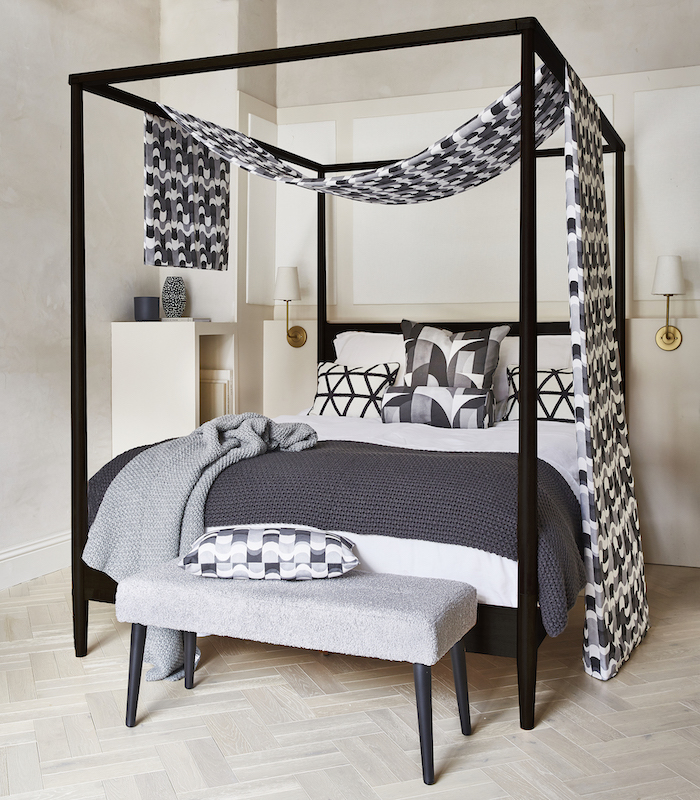
How Easy is Engineered Wood Flooring to instal?
How you choose to instal your engineered wood floors can vary depending on what you have already at home. There are many methods including glueing, nailing, or floating the flooring above your existing floor. Floating installations (where planks are designed to interlock and lay over a foam underlayment) are particularly DIY-friendly this means you can fit the floor yourself to save money!
One key thing to remember before installing is to let the engineered wood acclimate to your home environment so that it can stabilise. It’s best to leave the planks in the intended room for several days before you fit. And make sure your subfloor is clean, and dry to prevent moisture ruining your new floor. And you’ll want to make sure your subfloor is flat because this can impact the installation process.
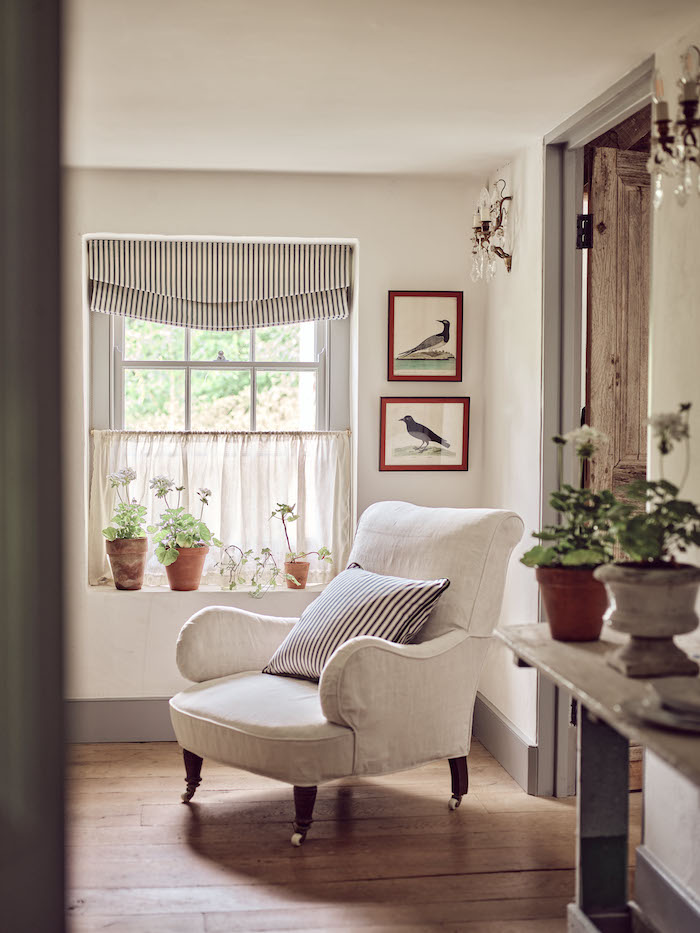
Maintenance and Upkeep
Looking after engineered wood floors is very similar to caring for solid hardwood. To keep it in tip-top shape you’ll want to sweep and dry mop it. And you’ll need to clean up any spills immediately to avoid potential damage or staining to your floor.
I would advise that you steer clear of using too much water or harsh cleaning agents when cleaning your floor as well. And for deeper cleaning, look out for cleaning products that are specifically formulated for engineered wood floors to prevent any damage.
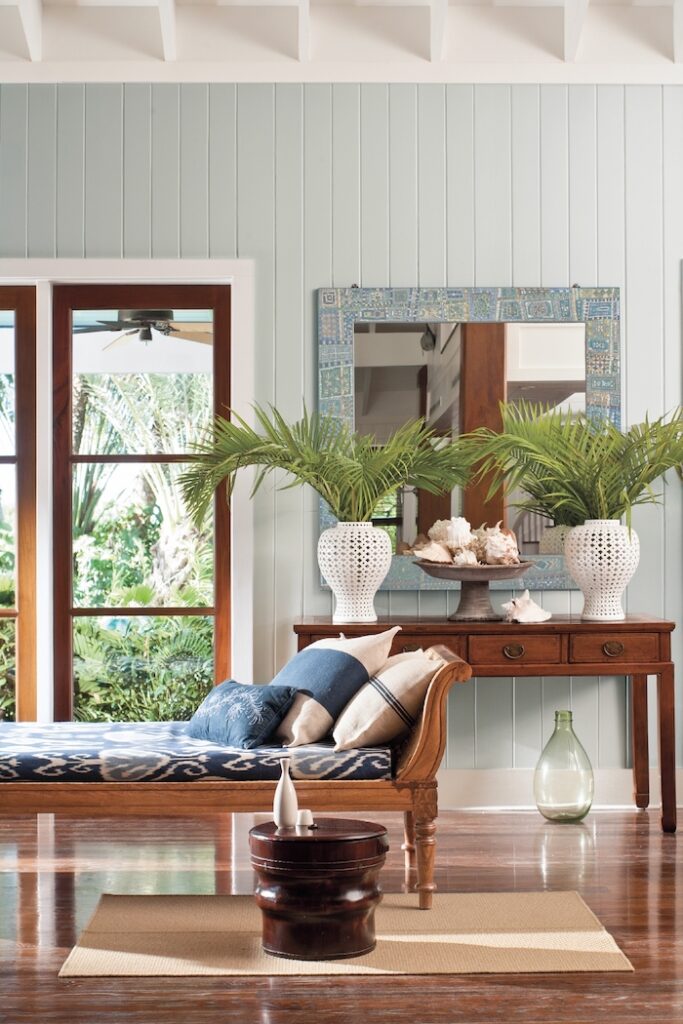
What do you think of Engineered Wood Floors?
By now you would have learnt that engineered wood floors offer lots of flexibility for our homes (way more than hardwood). Not only do they look beautiful, but they are a practical solution for busy family spaces. They are also great for budding DIY enthusiasts because they are easy to install.
You’ll love the look and wide range of designs that engineered wood comes in too, and that they are a more eco-friendly option too. What’s not to love?
Images care of Benjamin Moore, Tori Murphy & Prestigious Textiles
You may also Like
THIS HANDY TOOL WILL HELP YOU PICK THE PERFECT FLOORING
4 HOT NEW FLOORING TRENDS THAT ARE HERE TO STAY
7 AUTUMN FLOORING TRENDS YOUR HOME NEEDS RIGHT NOW
